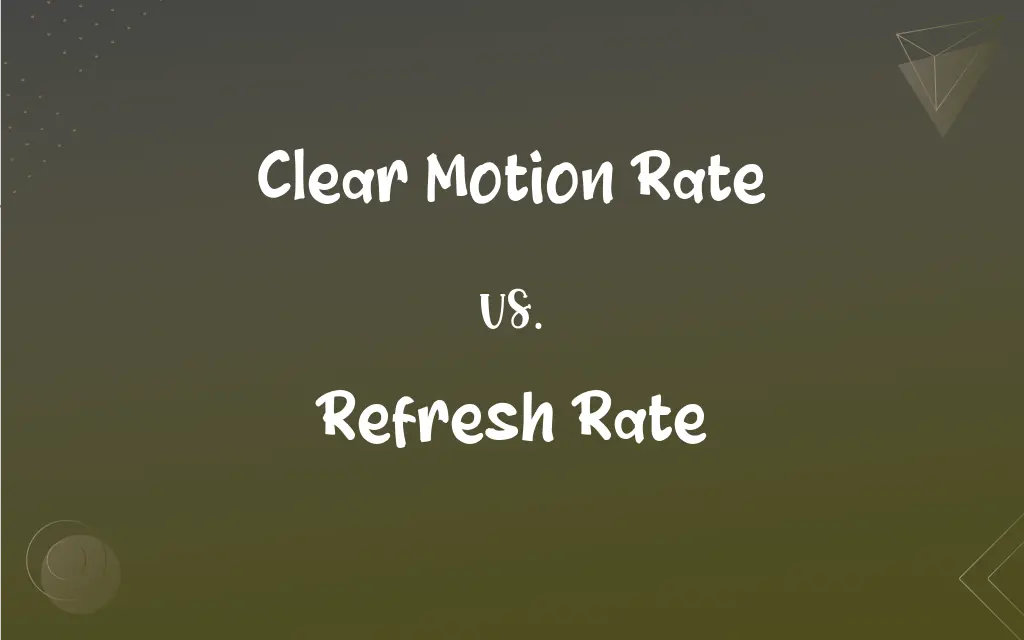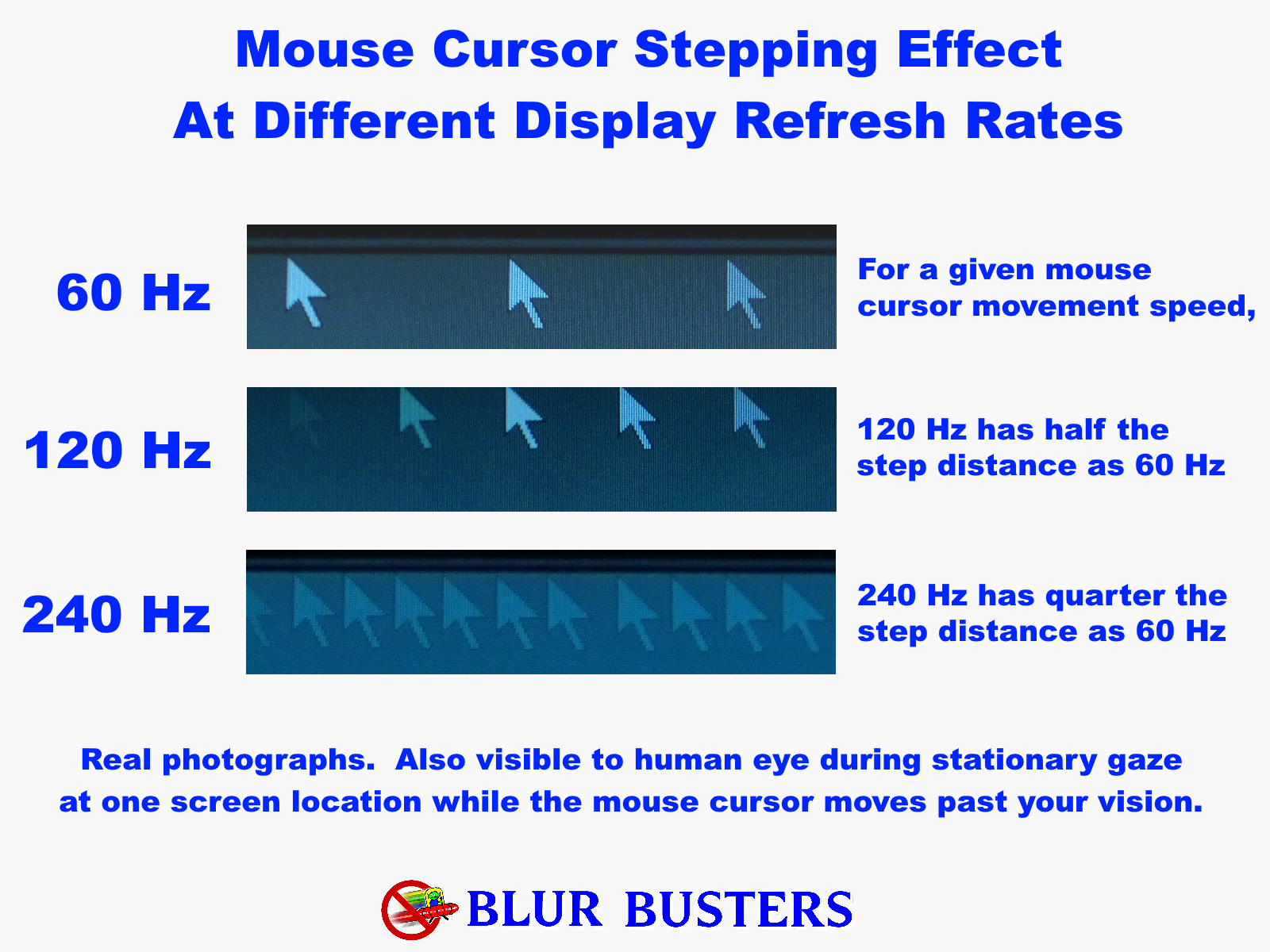Motion Enhancement Technology Vs Refresh Rate
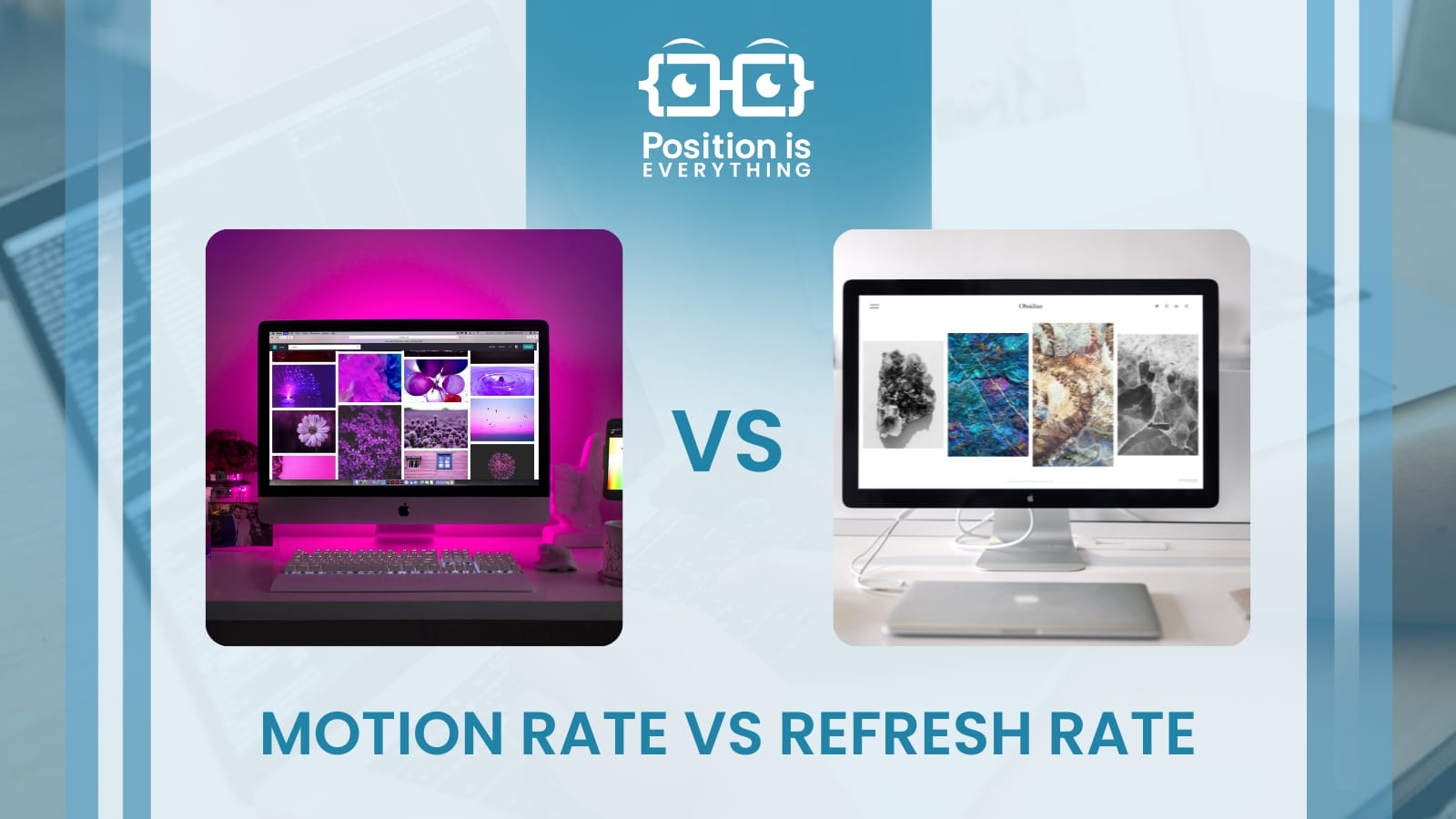
Imagine settling in for movie night. The popcorn's popped, the lights are dimmed, and the opening scene of your favorite action flick unfolds on your brand new TV. But wait, something feels… off. The fast-paced car chase looks strangely artificial, almost too smooth, while the panoramic landscapes seem to flicker with an unsettling strobe effect. You're left wondering, is this really the cinematic experience you were promised?
The perceived quality issue probably boils down to motion enhancement technology versus refresh rate. Understanding the difference between these two concepts is crucial for any tech-savvy consumer looking to get the most out of their display, whether it's a television, monitor, or even a smartphone screen.
The Illusion of Smoothness: Motion Enhancement Explained
Motion enhancement technologies, often branded under names like Motion Smoothing or Auto Motion Plus, are designed to artificially increase the perceived frame rate of your display. They work by analyzing the existing frames in a video and inserting new, interpolated frames in between. This creates the illusion of smoother motion, especially in fast-paced scenes.
The problem is, these artificially generated frames aren't part of the original content. They're calculated guesses, and sometimes these guesses are… wrong. This can lead to the infamous "soap opera effect," where films and TV shows take on an unnatural, hyper-realistic look that many viewers find jarring and unrealistic.
Essentially, the technology tries to predict what should be there rather than displaying what was originally intended, creating distracting artifacts. It's like a magician attempting to enhance a painting, often detracting from the original artist's work.
The Science Behind the Display: Refresh Rate and Its Importance
Refresh rate, measured in Hertz (Hz), refers to how many times per second your display updates the image it's showing. A 60Hz refresh rate means the screen refreshes 60 times every second. The higher the refresh rate, the smoother the motion appears naturally.
A higher refresh rate minimizes motion blur and allows for clearer viewing of fast-moving objects. For example, a 120Hz panel displays twice as many frames per second as a 60Hz panel. This provides a more fluid experience, especially noticeable in gaming and sports.
Unlike motion enhancement, refresh rate is a physical characteristic of the display itself. It's a fundamental aspect of how the screen operates, directly affecting how accurately the content is displayed. As explained by rtings.com, a display with a true 120Hz refresh rate provides a noticeable improvement in clarity and responsiveness without introducing artificial artifacts.
When to Embrace (or Avoid) Motion Enhancement
Motion enhancement isn't always bad. For some content, like live sports broadcasts, the added smoothness can be beneficial. Some people also find that motion smoothing makes certain content more visually appealing.
However, for films and many TV shows, especially those with a deliberate cinematic style, disabling motion enhancement is generally recommended. The "soap opera effect" can drastically alter the director's vision and diminish the intended artistic impact.
The best approach is to experiment with the settings on your display. It's useful to see what works best for your personal preferences and for different types of content. Many modern TVs offer granular control over motion enhancement settings, allowing you to fine-tune the effect to your liking.
Making the Right Choice for You
Ultimately, understanding the difference between motion enhancement and refresh rate empowers you to make informed decisions about your viewing experience. While motion enhancement offers an artificial boost to smoothness, refresh rate provides a genuine improvement in clarity and motion handling.
Consider your primary use case when choosing a display. Gamers will likely prioritize a high refresh rate for responsiveness, while movie enthusiasts may prioritize color accuracy and contrast, disabling motion enhancement to preserve the cinematic integrity.
So, next time you're adjusting the settings on your new TV, remember that the quest for smooth, realistic motion is a balancing act. By understanding the strengths and weaknesses of both motion enhancement and refresh rate, you can unlock the full potential of your display and truly immerse yourself in the content you love.


![Motion Enhancement Technology Vs Refresh Rate 60Hz vs 120Hz For TVs - Is It Worth The Upgrade? [Simple Answer]](https://www.displayninja.com/wp-content/uploads/2018/07/motion-rate-vs-refresh-rate.jpg)

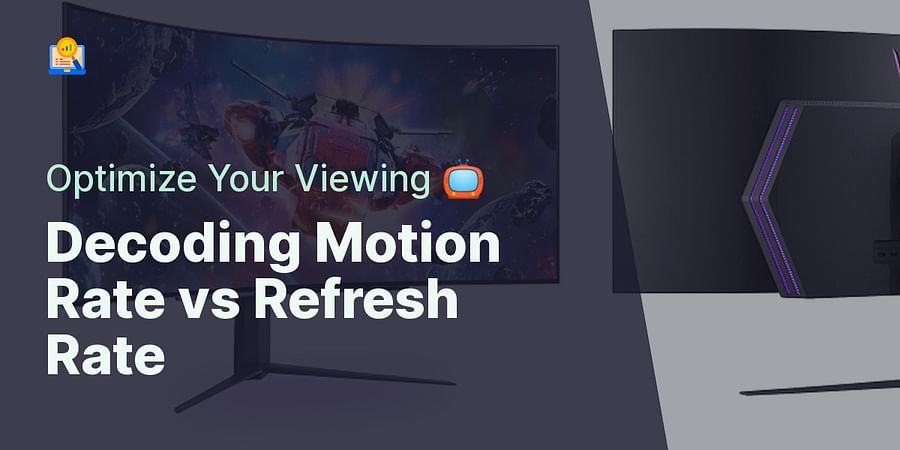
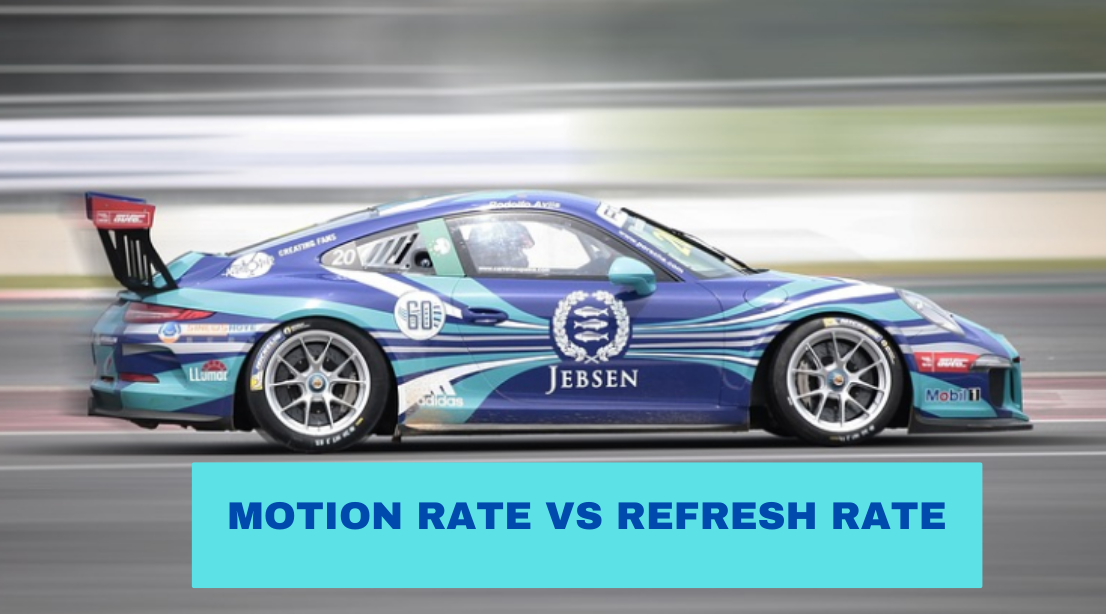

![Motion Enhancement Technology Vs Refresh Rate [Learn Diplay] 13. Refresh Rate](http://global.samsungdisplay.com/wp-content/uploads/2021/06/13refresh-rate2.jpg)

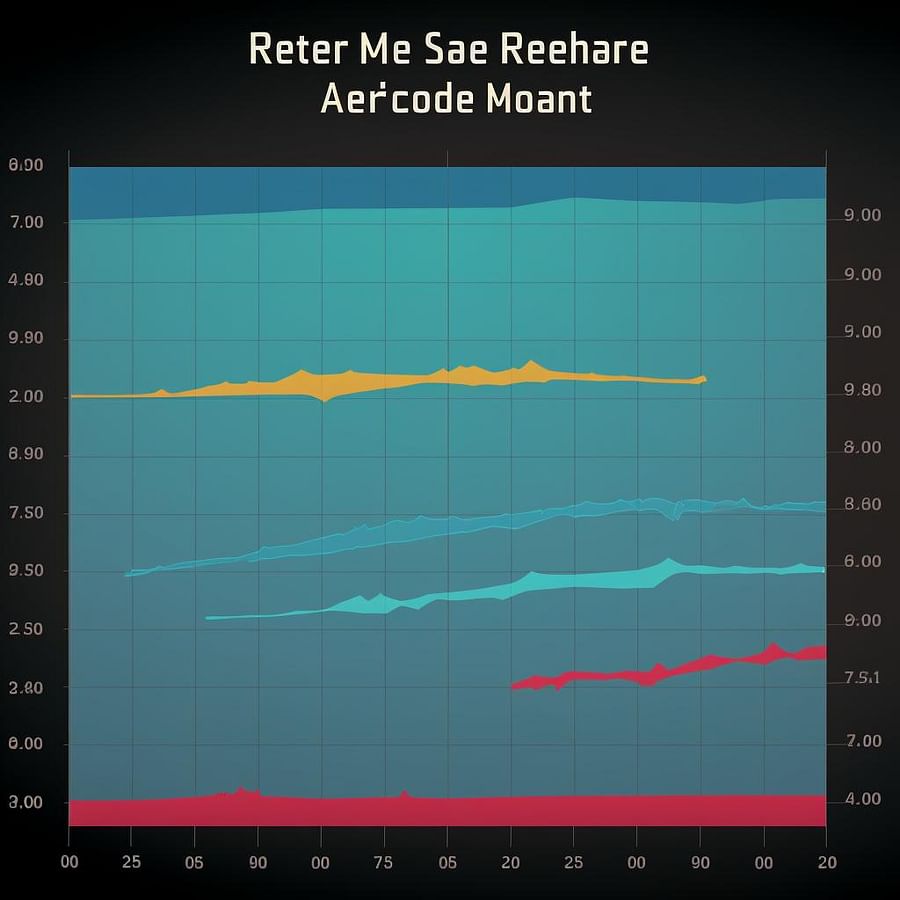



:max_bytes(150000):strip_icc()/video-refresh-rate-5bd8945a46e0fb005120053a.jpg)

